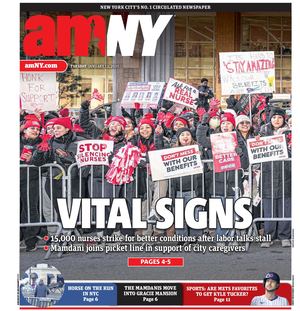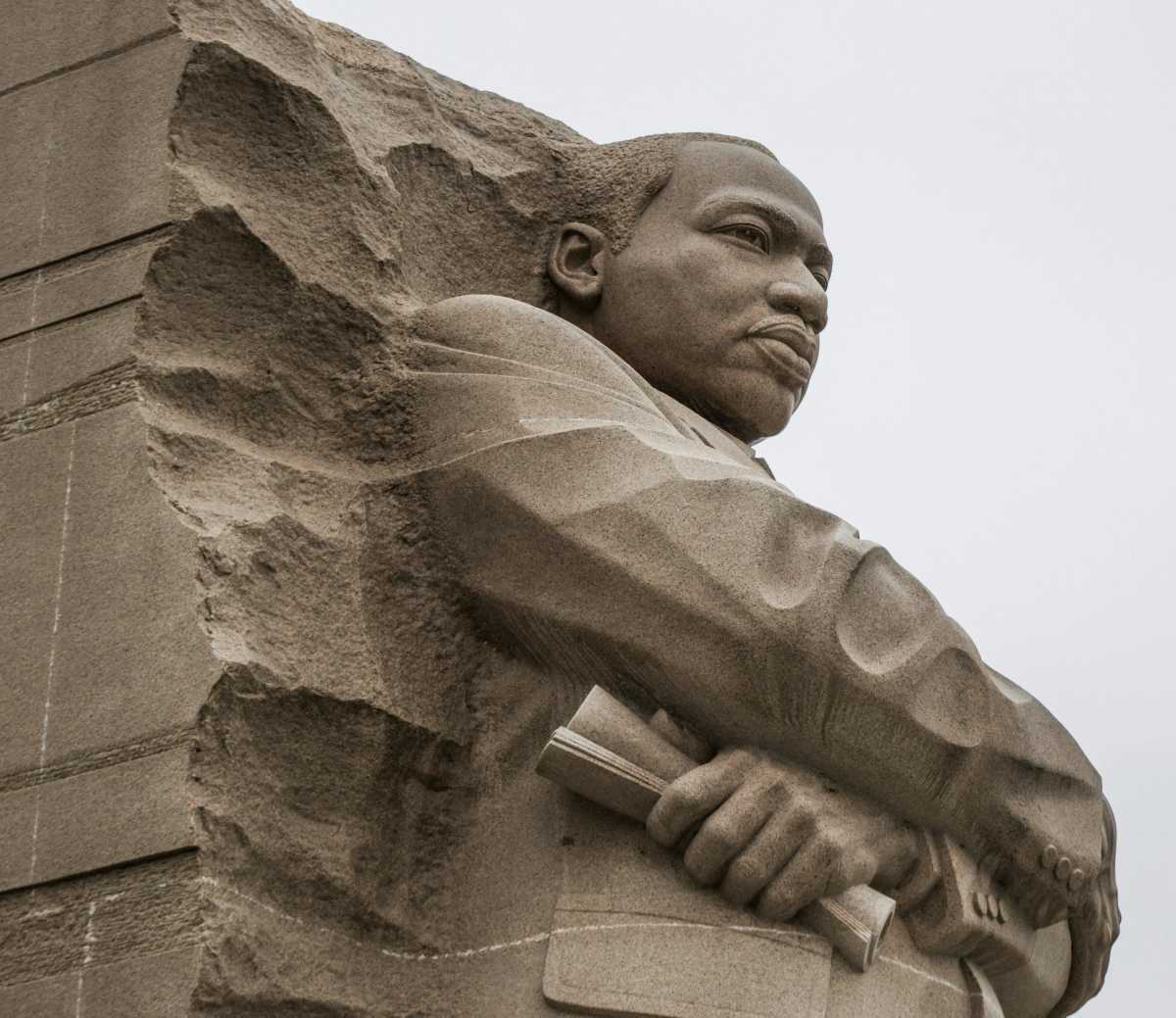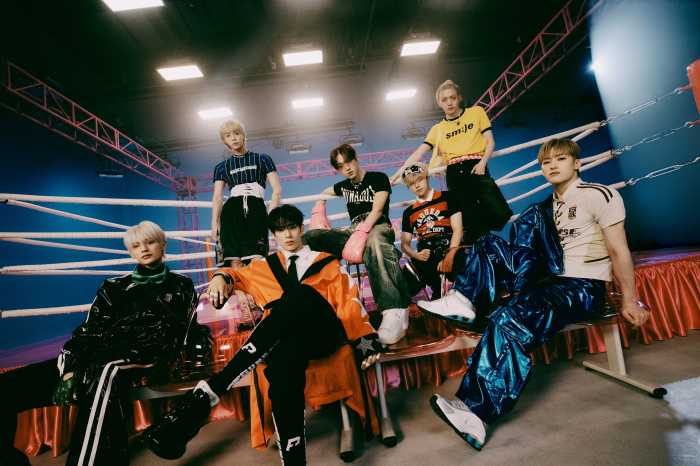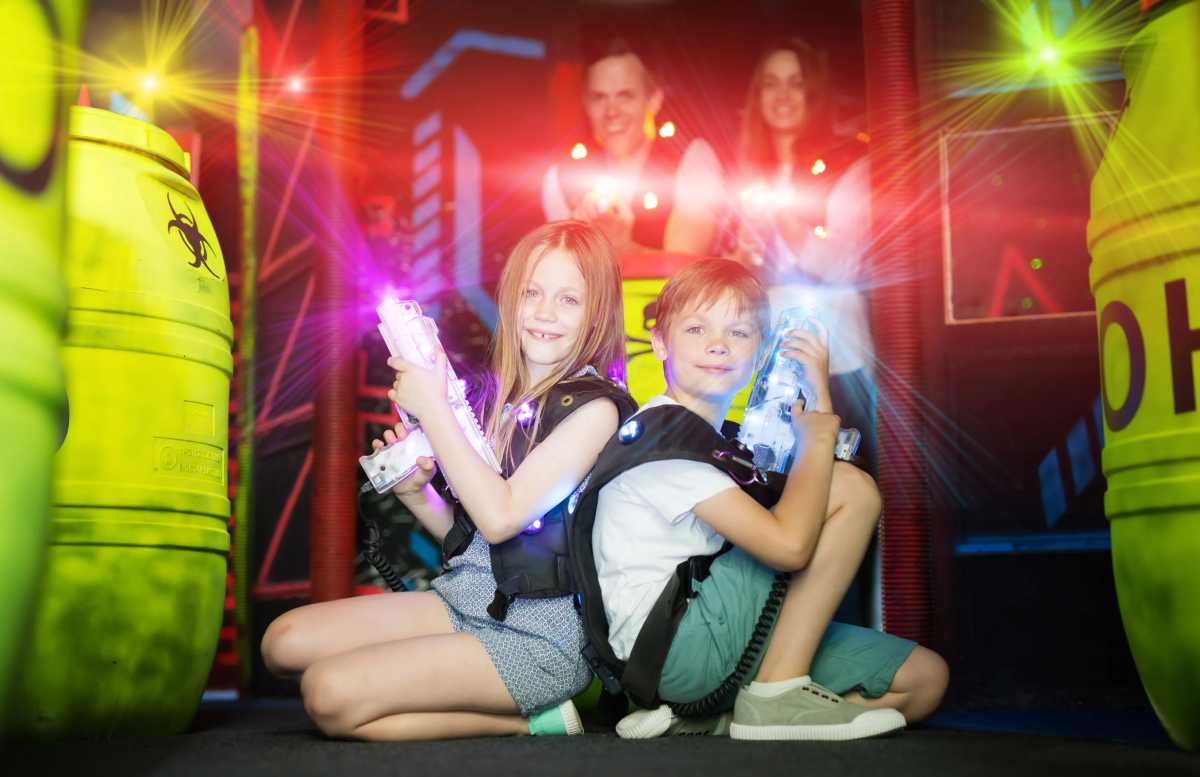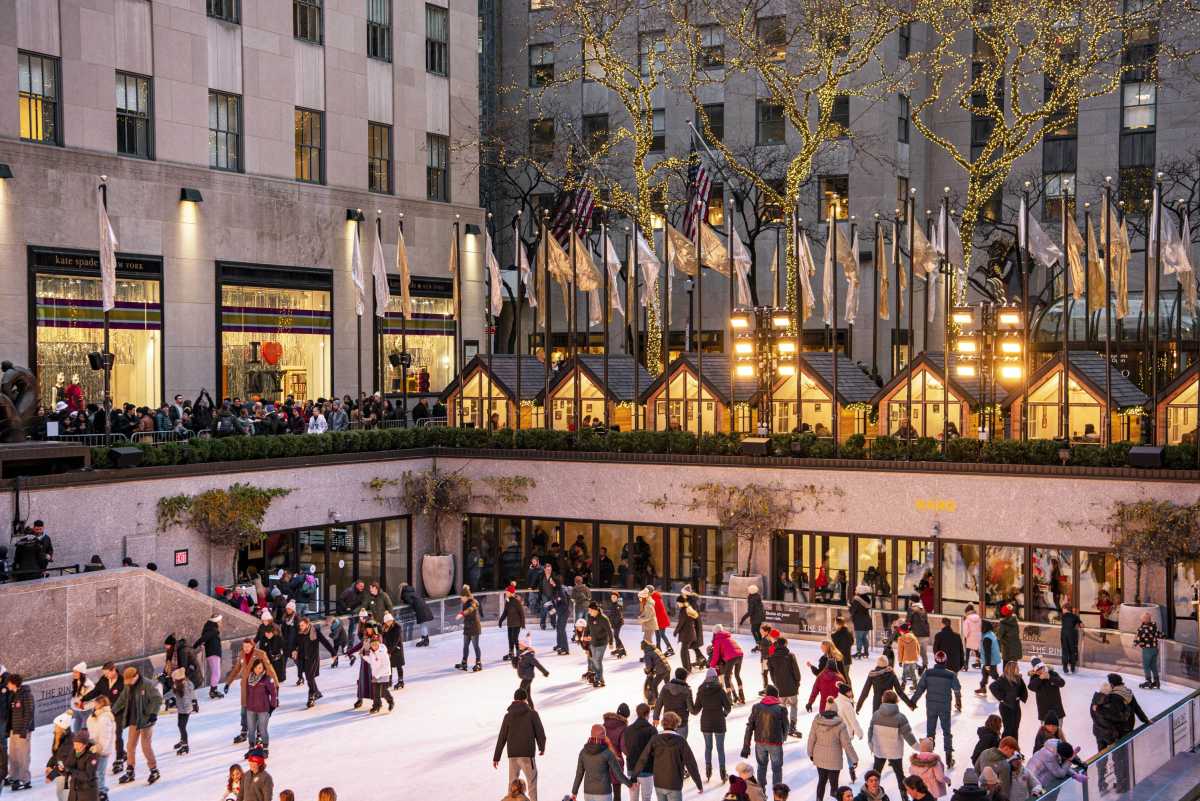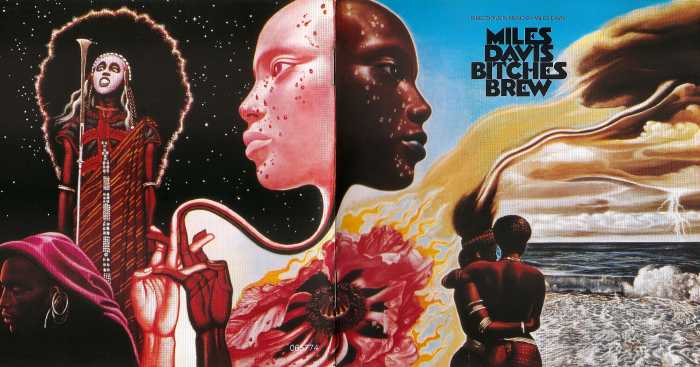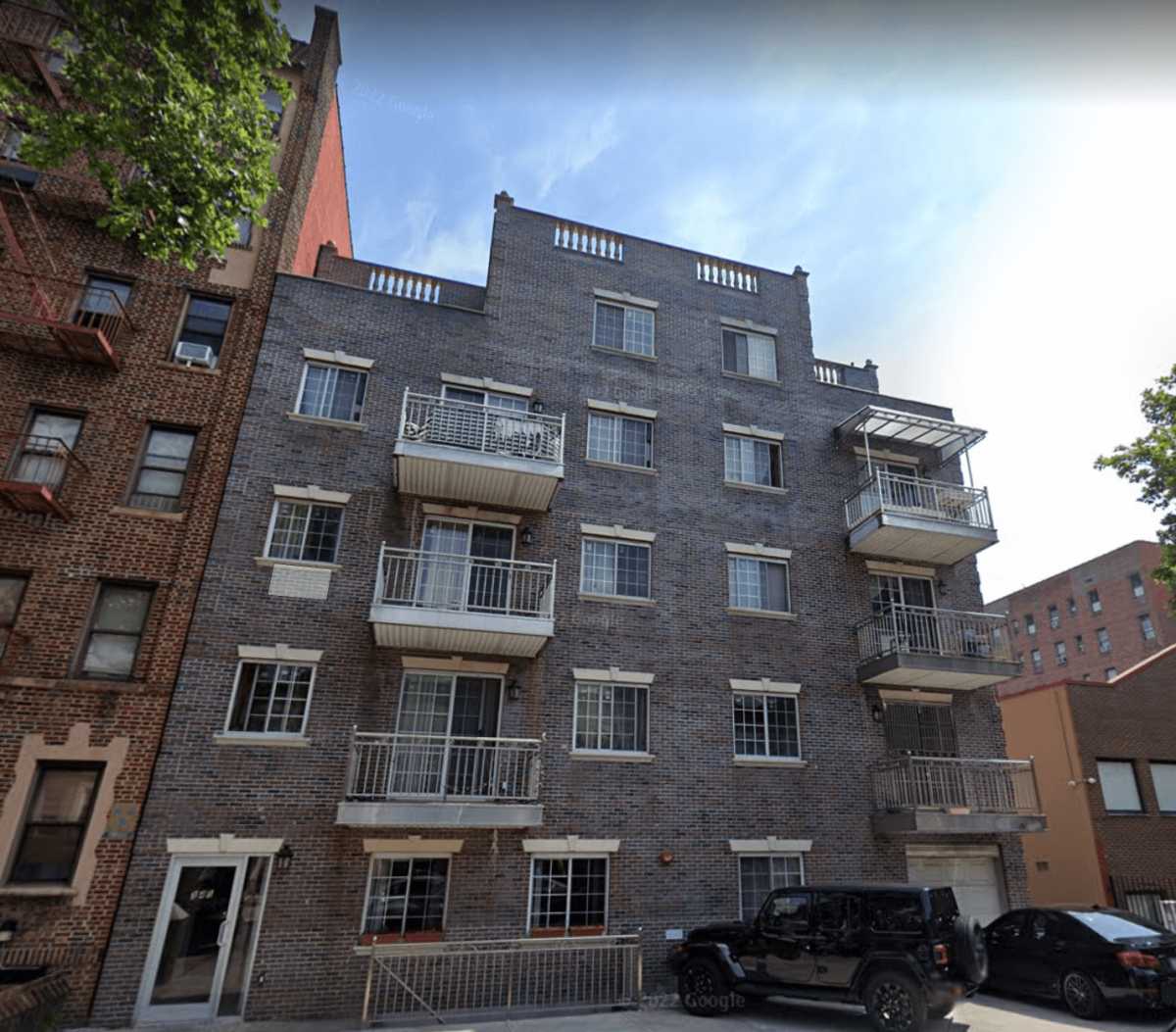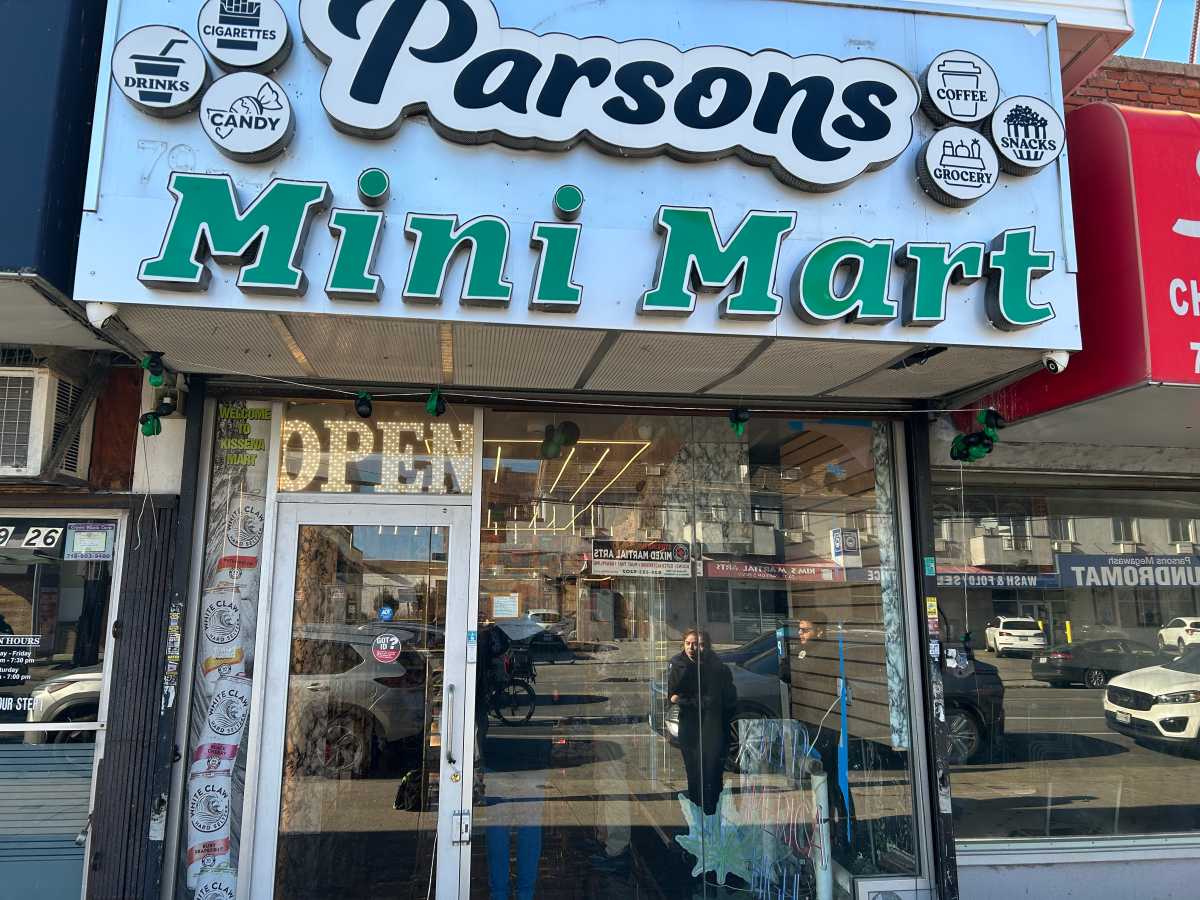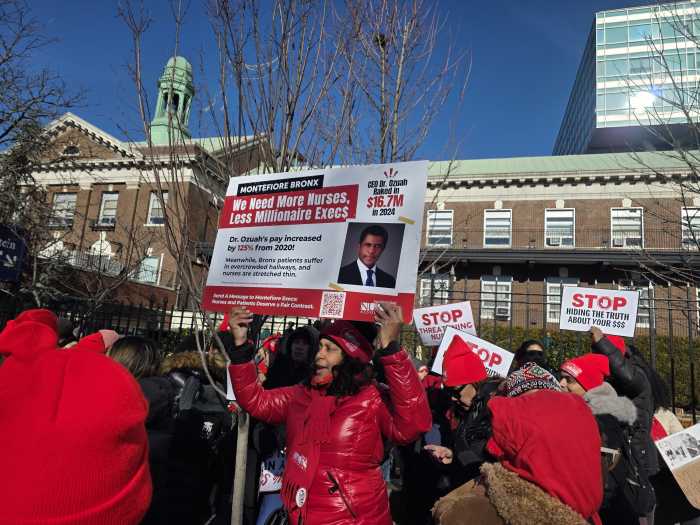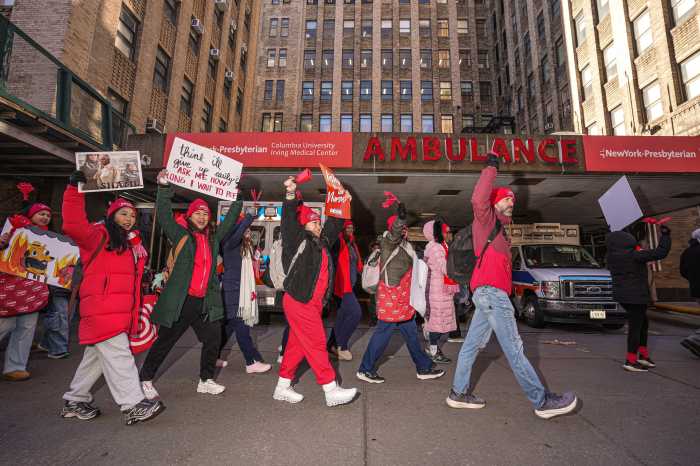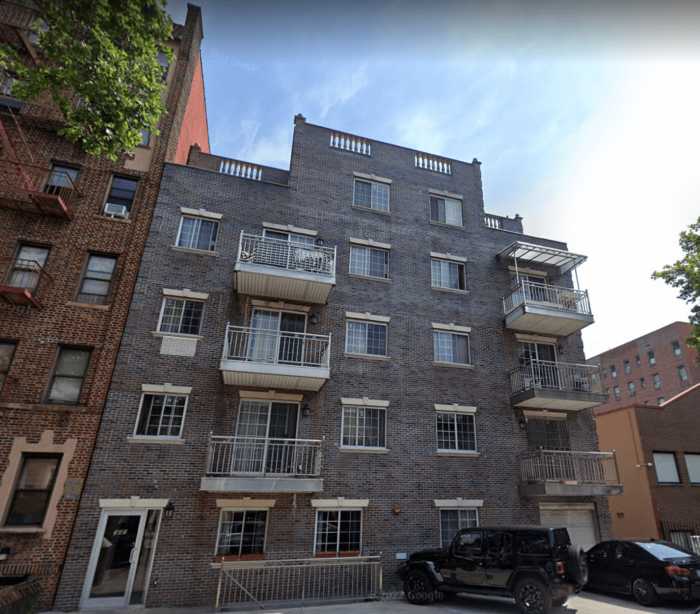Freestyle rap is still alive and well on the streets of New York City, where groups of aspiring artists huddle weekly for improvised hip-hop parties. The vibrant gatherings, known as cypher culture, are captured in a new three-part docuseries, “Off the Top.”
Echoing the ’70s block parties where pioneers like Grandmaster Flash and DJ Kool Herc got their start, the circular outdoor gatherings of upward of 20 rappers culminate in places like Union Square and Washington Square Park.
“I just came upon it in the streets,” says filmmaker Sam Sulam, 26, a Lower East Side resident. “I saw a circle of guys freestyling over a speaker. I’ve lived in New York City my whole life, and I had never seen anything like it.”
Sulam saw aspiring artists spitting words of encouragement — rather than disses — over a megaphone and says he was immediately intrigued by the tight-knit community that seemingly “spoke their own language.”
In his documentary series, Sulam takes viewers inside the cyphers, highlighting three of the scene’s notable names: Brooklyn’s Henny Mack, Mike Mezzl of the Bronx, and Queens native Lex Rush. Most well-known of the group are the Legendary Cyphers, who first met in Union Square Park in 2013 and hold events every Friday night from 8 to midnight, from May through November.
Below, Sulam takes us inside the freestyle scene he describes as a “raucous rap block party." "Off the Top," parts one through three, is available for streaming on Vimeo and at samsulam.com.
What is the vibe typically like inside these cyphers?
They can be very intimate, small, and sometimes they do very big ones, up to 20 emcees at once. But, the smaller ones are cool because you can get really close and actually hear what they’re saying. The environment is always very positive, and that’s why I really liked it. People when they hear about rapping live, a lot of people think it’s battle rapping, and it’s not. It’s actually a lot more of a community thing. It’s not about insulting each other, but about making songs up on the spot and rapping about the things you see around you. It’s a big difference between rapping in the cypher and battle rapping because these are people hanging out, rapping together.
What was the goal behind exposing this tight-knit group culture?
What I’m really trying to do is basically show people that there are still people keeping this culture alive. I’m a big, big hip-hop fan and I guess you could say I don’t really like what it’s turned into and I wanted to show off people who are still staying true to what hip-hop used to be about: positivity and change and art. I wanted to show people who are true to the culture and I guess not so much of the entertainment that is today.
In the third installment, you’ve chosen to focus on Lex Rush, one of the few females in scene.
Yeah, definitely the minority. But there are still quite a few females and they’re all really talented. Although they’re not I guess as represented, you never feel like there’s any sort of inequality. They’re all very supportive of each other and at the end of the day it’s always about how you rap, not what you look like or if you’re a girl or a guy. If you can rap, you can rap. That’s it. That’s what’s so cool.
